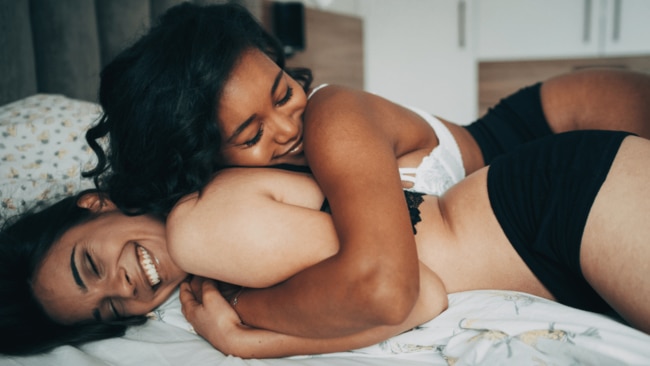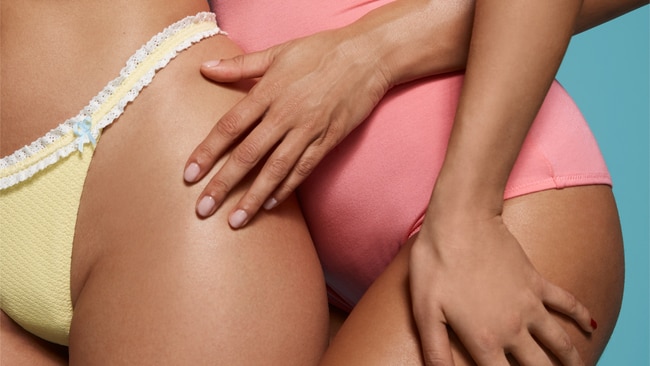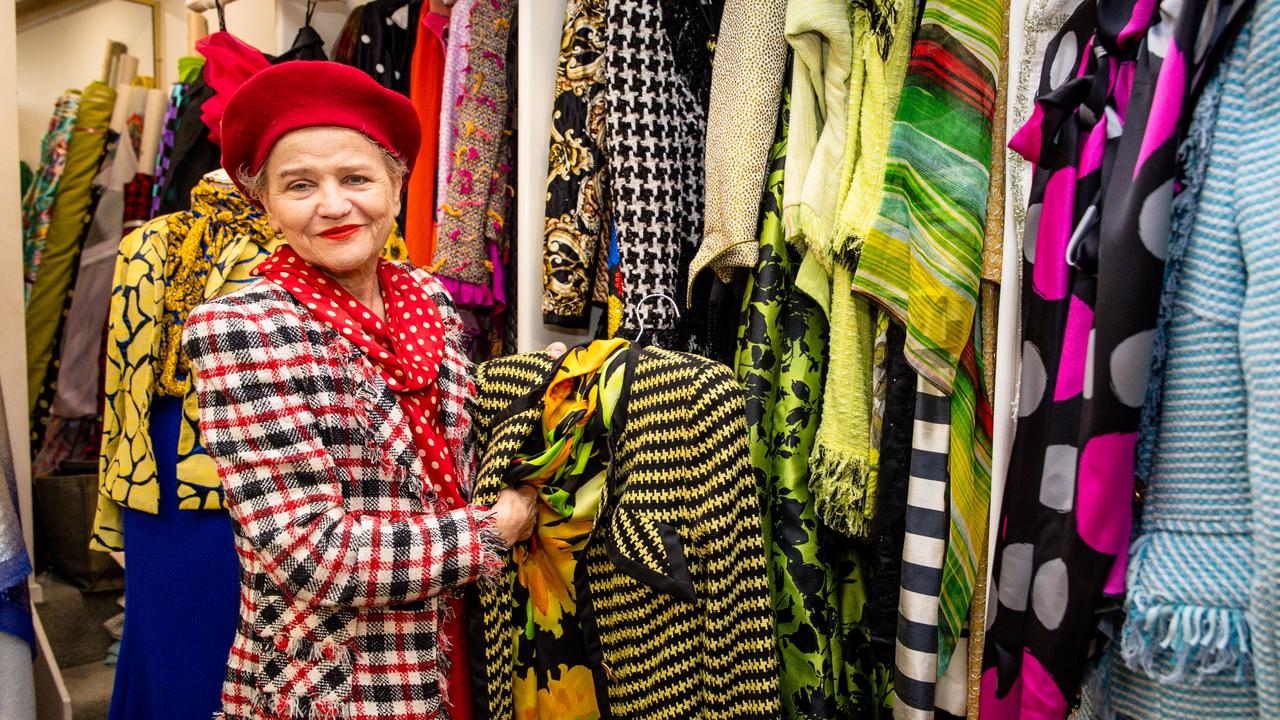The difference between responsive and spontaneous desire
Because we don't all just orgasm at the drop of a hat

Lifestyle
Don't miss out on the headlines from Lifestyle. Followed categories will be added to My News.
Beyond a woman’s apparent ability to orgasm within three seconds of penetration, there’s another thing that Hollywood’s got very, very wrong when it comes to sex. And it’s damaging our relationships.
When our partner wants to get it on and we don’t, we blame it on mismatched libidos and dissimilar sex drives. But what if there was something more to it than that? What if it came down to the type of desire itself, and exactly how we get there?
“If we think about the word desire, in this context anyway, what it means is our desire for sex, our readiness for sex, and our body and our minds’ eagerness for sex and intimacy,” holistic sex coach, Ella D’Aloia, tells Body+Soul.

According to D'Aloia, there are two types of desire: “Spontaneous desire is what we see a lot in movies. There might be a little bit of flirting, a little bit of sexy eyes, maybe a bit of kissing, and then it’s just on. There’s this real readiness of like, ‘F**k yes’, and everyone’s ready and really enjoying themselves.”
Which is far from reality for those with responsive desire which is basically a slow burner. “People who have responsive desire might need hours of flirting or plenty of kissing or just building up some anticipation of intimacy,” explains D’Aloia. And we’re all at odds with each other.

According to research by Dr Emily Nagoski, author of Come As You Are, 75 per cent of men experience this movie-like spontaneous desire, compared to just 15 per cent of women (sounds like another reason for the orgasm gap if you ask me). Meanwhile, 30 per cent of women experience responsive desire, compared with just five per cent of men.
“It's quite problematic that we're not taught about this stuff because what we're only ever really shown is the representation of spontaneous desire,” D’Aloia says. “And so if we're thinking about those numbers that Dr Nagoski found, that leaves a lot of women left thinking, ‘Why am I not just ready for sex at the drop of a hat? There’s something wrong with me, I'm broken’ and so on. So it's really important to be talking about this.”

The issue with conflicting desires
Having two different types of desires in one relationship can be tricky to manage and spur a lot of resentment.
“Typically in relationships there is someone who has a higher desire than the other, and there is plenty that you can do about that, but when we’re not having these conversations and we're not taught these things, it can manifest into things like resentment or arguments,” the sex coach explains.
“Because maybe the person who has the higher desire or the spontaneous desire is instigating sex more and they get a bit sick of being shut down and can feel resentful for that," she continues. “And then on the other hand, the person who maybe has the lower desire or the more responsive desire might start to avoid intimacy and sex because they don't want to have to continuously say no.”

How to balance different desires
To start with, start by understanding the differences in desires. “I would encourage couples to start having these conversations together and become curious themselves because so often we don't actually think about or know the things that we do like and the things that we do need to start feeling desire, to start feeling aroused,” says D’Aloia.
And then there’s appreciating that you and your partner might be at odds. “So just understanding like, ‘Okay, I might be ready to go, but my partner isn’t, so if I want to have sex and I want my partner to enjoy this, then I'm going to have to put in some time and effort,” the sex coach explains. “So I think just accepting that there is a difference and working around that.”

While everyone is different in what they like and what turns them on, the sex coach has a few suggestions to get in the mood.
“I think some really great examples to perhaps try are flirty text messages, having a bath together, cooking your partner dinner, and looking at your partner's love languages and giving them love in that way,” D’Aloia says.
Looking for more tips and tricks in the bedroom? Head to
More Coverage
Originally published as The difference between responsive and spontaneous desire



